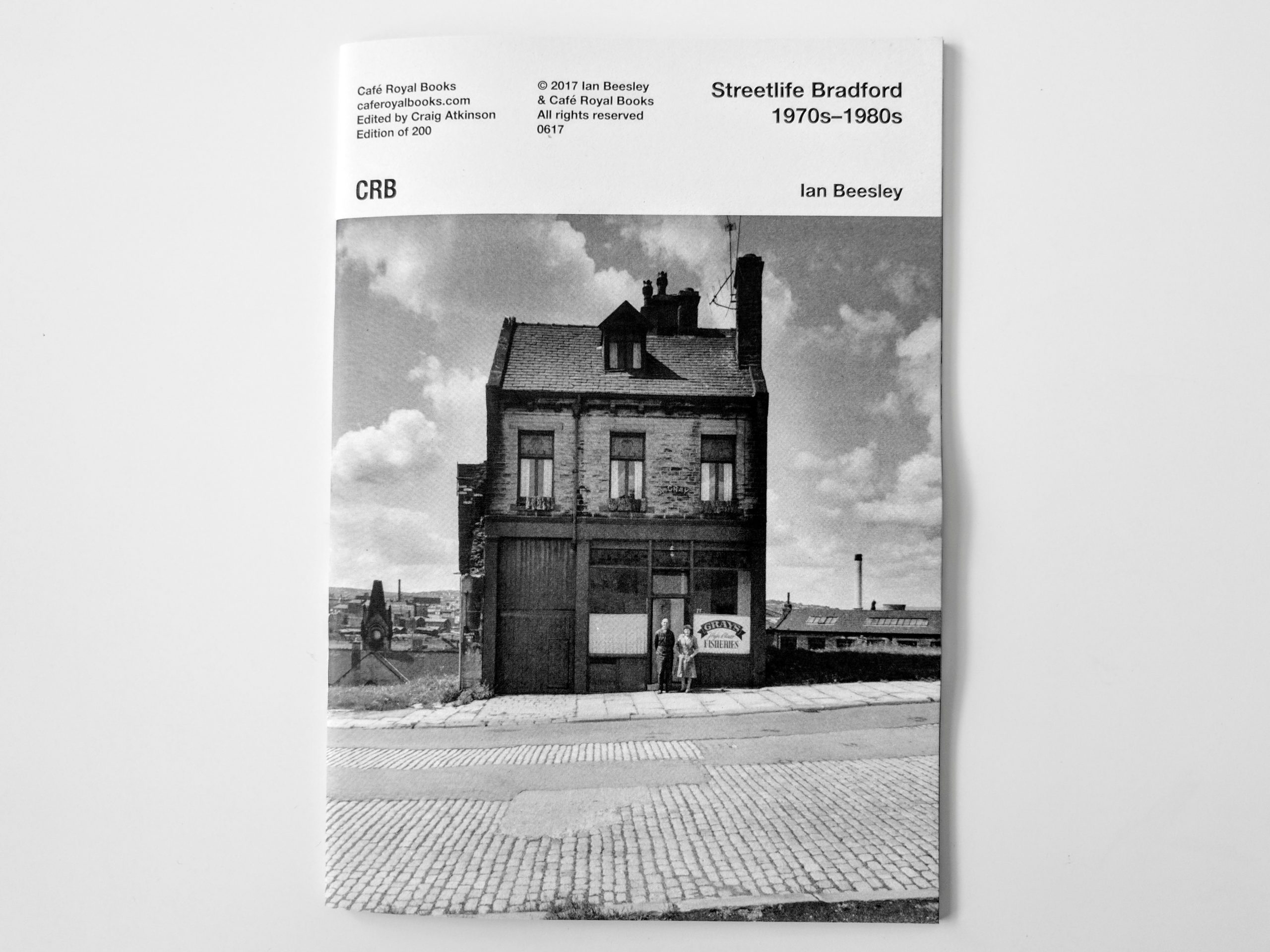
Our 3 TOP TIPS series is all about sharing snippets of inspiration and information from some of our favourite people in the photography industry. Something for everyone, and short enough to absorb with ease! Here we have invited Craig Atkinson of Cafe Royal Books to share his advice on producing, submitting and editing a photobook.
Craig Atkinson is a UK based artist, photographer, publisher, lecturer (UCLan), visiting lecturer (lots), and dad (x2). He enjoys the absurdity of the everyday, the fringes of things, being a tourist and naivety. He dislikes highfalutin texts and statements – which is reflected in the photobooks he publishes through Café Royal Books.
Craig founded Café Royal Books in 2005, mainly as a method of disseminating work outside of ‘the gallery’, having painted and exhibited successfully for ten years prior to that. He stopped painting and started making photobooks due to a desire to exhibit globally, make affordable work, make work that multiple people could see, in multiple locations at the same time.
Café Royal Books is now well established, focussed, and more exciting than ever, with an aim to make democratic, utilitarian and affordable books. The books are collected by lots of galleries, libraries, universities and museums.
We love Café Royal Books, so we thought we would invite Craig to share his thoughts on the subject – so here he is, with his 3 top tips on producing, submitting and editing a photobook…

1. Producing
Make the books for a reason. Anyone can pay for a book to be made and published and often that falls into vanity publishing. I won’t charge someone to publish their work and I’d suggest if anyone is asked to pay to have a book published, they do it themselves and learn from the process. Anyone can put pictures in a book, but what for? There must be a reason, even if it’s exploratory. Try not to make the same stuff that everyone else is making. Try not to copy the design or make books that are overly derivative of others of a similar nature. Photography is a new medium, still, so there’s plenty to go at and plenty that hasn’t been done.

2. Submitting
When submitting work to a publisher, be aware of what they do, the type of things they publish, their reasons for doing so and for whom they are made. Don’t send a batch email addressed to, mate, hey guys, alright, bro, etc – all of which I receive regularly. Look to see whether there are guidelines for submission on the publishers’ sites. Don’t send massive files, do send a small low res selection and a few words, or a dropbox, or wetransfer for example. A reminder email after a month or so is ok, two days is too soon and the afternoon of the same day will just annoy! Conversation, whether written or verbal is important for you and for the publisher. There’s a lot of trust involved, and en element of risk.

3. Editing
I edit in different ways depending on the images, narrative, story… Equally an edit can add to or alter a narrative or story. I try to remain apolitical and unbiased when it comes to the images I edit, and try to retain the naivety related to an unknown subject matter. Some edits are chronological, geographical, alphabetical. Others can be a more disparate selection of images, edited based on line, mass, form, contrast, texture for example.

Got 3 Top Tips you want to share? Drop us a email at info@shutterhub.org.uk
Not a Shutter Hub member yet? Join here for opportunities to promote your work online and in exhibitions, access selected opportunities, events, seminars and workshops, meet up and share photographic experiences, and become part of our growing community…






